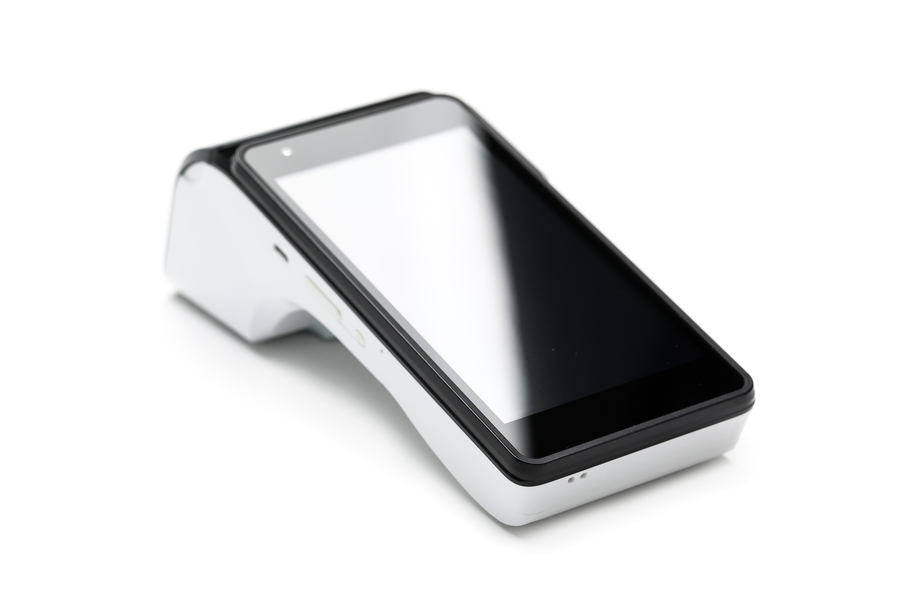PIN on Glass is a method of entering a personal identification number (PIN) on a touchscreen device without needing a physical keypad. It allows users to securely authenticate their identity for various purposes, such as making payments or accessing secure information.
In the case of PIN on Glass, the user enters their PIN directly on the touchscreen of a certified payment device. This eliminates the need for a physical keypad, making the process more convenient and streamlined. Using software-based pin entry, PIN on Glass offers an accurate finger movement, enabling users to input their PIN easily.
On the other hand, PIN on COTS (commercial off-the-shelf) involves using commercial devices like smartphones or tablets for PIN entry. The user interacts with a payment app or a custom-designed interface on these devices to input their PIN. Unlike PIN on Glass, PIN on COTS relies on the capabilities and security features of the consumer device.
The main difference lies in the form factor of the devices used for PIN entry. At the same time, PIN on Glass utilises certified payment devices with a touchscreen interface and no physical keypad; PIN on COTS leverages commercial devices with both a touchscreen and a physical keypad. This distinction in hardware can impact security, user experience, and compatibility with other payment systems.
PIN on Glass allows for secure and convenient PIN entry on certified payment devices without a physical keypad. In contrast, PIN on COTS involves using commercial devices with a touchscreen and physical keypad for the same purpose.
How does PIN on Glass work?
PIN on Glass is a form of authentication used in the payment process where the user enters their PIN directly on the touchscreen of a certified payment device. Unlike traditional methods that require physical keypads, PIN on Glass eliminates the need for additional hardware, making the process more convenient and streamlined.
In this method, the user enters their PIN using their fingertips on the touchscreen. The software-based pin entry ensures accurate finger movement, making it easy for users to input their PIN without any inconvenience. This technology utilises a secure platform that meets industry standards and is approved by financial institutions, ensuring the integrity and security of the transaction.
However, there are some concerns associated with PIN on Glass. One major concern is security, as the touchscreens used for PIN entry may have the potential to be tampered with or compromised. Additionally, there may be accessibility issues for individuals with limited dexterity or visual impairments, as the touchscreen interface may not be user-friendly for everyone.
Despite the security and accessibility concerns, PIN on Glass has become increasingly popular due to its convenience and user-friendly nature. It offers a more streamlined and intuitive payment experience, providing an alternative to traditional pin-based payments. As technology continues to advance, it is important to address these concerns and ensure the continued security and accessibility of PIN on Glass authentication.
How does PIN on COTS work?
PIN on COTS (Consumer-Off-The-Shelf Devices) is a method of secure payment authentication that utilises a merchant’s consumer-grade tablet or mobile device for PIN entry. This technology lets customers enter their PIN directly on the merchant’s device, eliminating the need for traditional PIN pads or separate hardware.
To use a PIN on COTS, the customer enters their PIN on the touchscreen of the merchant’s device. The software-based PIN entry ensures accurate finger movement, providing a convenient and user-friendly experience. This method also connects to a low-cost card reader, which securely processes the payment transaction.
PIN on COTS offers several advantages over traditional PIN entry methods. Firstly, it eliminates the need for additional hardware, reducing costs for merchants. It also provides customers with a seamless and familiar payment experience, as they can use their PIN on the merchant’s device. Additionally, this method meets industry standards for security, ensuring the integrity and privacy of the payment transaction.

In summary, PIN on COTS enables secure payment authentication by allowing customers to enter their PIN on a merchant’s consumer-grade tablet or mobile device. This software-based PIN entry method provides merchants and customers a convenient and cost-effective solution.
Conclusion
In conclusion, the tension between payment innovation and security is an ongoing challenge in the payment industry. While advancements in payment technologies have enabled convenient and contactless payment experiences, ensuring the security of these transactions remains a critical concern.
The introduction of the PCI SPoC (Software-based PIN on COTS) security framework offers a new approach to strike a balance between payment innovation and security. By allowing PIN entry on the payment software itself, rather than relying on external hardware devices like PIN on COTS, PCI SPoC provides a more streamlined and secure payment experience.
With PCI SPoC, payment software can be implemented on various consumer devices, such as mobile phones or tablets, eliminating the need for additional hardware devices. This simplifies the payment process for consumers and reduces the risk of tampering or fraud associated with physical PIN entry devices.
Furthermore, by leveraging the existing security measures of a consumer device, such as encryption and biometric authentication, PCI SPoC enhances the overall security of PIN-based payments. This evolution in payment software ensures that the convenience of payment innovation and security robustness are upheld in the ever-evolving payment landscape.


